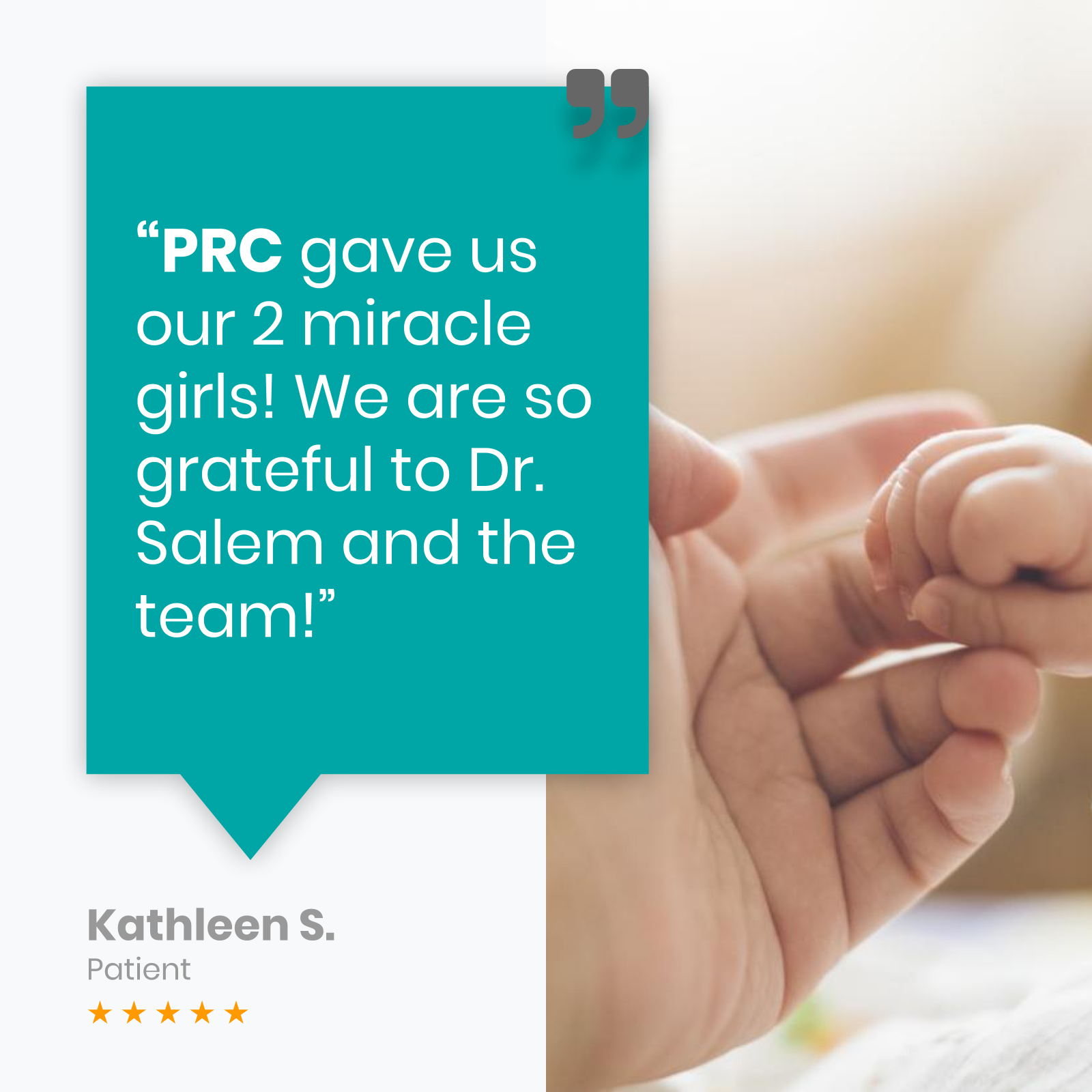In vitro fertilization (IVF) has become increasingly common as a solution for individuals and couples facing fertility challenges. The popularity of IVF has surged due to advancements in medical technology and a growing awareness of its effectiveness.
IVF trends indicate a steady rise in the number of cycles performed annually, reflecting its acceptance as a reliable method for overcoming infertility. According to recent IVF birth statistics, approximately 2 percent of all births in the United States are a result of assisted reproductive technologies, including IVF.
The IVF success percentage varies based on several factors, including age, the cause of infertility, and the quality of embryos. Despite these variations, the overall success percentage of IVF remains promising, providing hope for many who might otherwise struggle to conceive. As IVF continues to evolve and improve, its role in addressing infertility is likely to expand, further solidifying its importance in modern reproductive medicine.
The Growing Prevalence of IVF
The landscape of family planning in the United States is undergoing a significant transformation, driven by declining fertility rates across various demographics and a trend toward delayed parenthood. These shifts have led to an increased reliance on in vitro fertilization (IVF) as a viable solution for individuals and couples aspiring to build families.
IVF, a medical procedure facilitating fertilization, embryo development, and implantation, addresses a range of fertility challenges, including ovulation issues, sperm quality, and fallopian tube blockages. It also serves those with genetic disorders aiming to prevent transmission to offspring.
Current IVF Statistics in the United States
The Centers for Disease Control and Prevention (CDC) reports that nearly 390,000 IVF cycles were performed in the United States in 2023. This figure underscores the growing reliance on IVF as a means to overcome fertility obstacles and achieve the dream of parenthood.
Global IVF Treatment Rates
On a global scale, the World Health Organization (WHO) estimates that approximately 2.5 million IVF cycles are conducted annually. This statistic highlights the widespread adoption of IVF as a crucial fertility treatment worldwide, reflecting its importance in addressing infertility issues across diverse populations.
Growth Trends Over the Past Decade
Over the past decade, the number of IVF cycles performed has seen a notable increase. However, the COVID-19 pandemic and the ensuing economic instability have had a significant impact on these numbers. Despite these challenges, the overall trend indicates a growing preference for IVF as a reliable option for fertility treatment.
IVF by the Numbers
As assisted reproductive technologies like IVF evolve and become more accessible, we can expect to see an increase in usage across demographics.
Percentage of Births from IVF
The CDC reports that approximately 2 percent of all births in the United States are attributed to assisted reproductive technologies (ART), including IVF. This number illustrates the significant role of IVF in contributing to the birth rate in the country.
IVF Cycles Performed Annually
According to the CDC, nearly 390,000 IVF cycles were performed in the United States in 2023, marking more than a twofold increase since 2011, when 163,000 ART cycles were recorded. This substantial growth highlights the escalating demand for IVF as a fertility solution.
IVF Babies Born Each Year
In 2021, the CDC reported that one in every 42 babies born in the United States was conceived through assisted reproductive technology, including IVF.
IVF Demographics
Groups throughout the United States who rely upon IVF can vary significantly.
Age Groups Most Commonly Using IVF
The CDC identifies that the highest utilization of assisted reproductive technology (ART), including IVF, is among individuals under the age of 35, accounting for 36% of users. This is followed by individuals aged 35 to 37, representing 23%, and those over the age of 42, making up 20.6%. These statistics, based on data from 2022, highlight the age-related trends in IVF usage.
Geographic Variations in IVF Usage
Geographic disparities in IVF usage are evident, with certain regions reporting higher rates of ART treatment. According to the CDC, the six areas with the highest IVF treatment rates include California, Illinois, Massachusetts, New Jersey, New York, and Texas. Conversely, economically disadvantaged and rural regions report fewer ART cycles, indicating varying levels of access and demand across different geographic locations.
Socioeconomic Factors Affecting Access
The cost of IVF treatment cycles is a significant factor influencing access. The majority of individuals seeking IVF treatment earn $100,000 or more annually. This economic barrier highlights the need for more inclusive and accessible fertility treatment options for a broader demographic.
Success Rates and Prevalence
While financial status and regional access contribute to prevalence, factors such as infertility cause, embryo quality, clinic expertise, and the combination of IVF techniques contribute to success rates.
How Success Rates Vary by Age
Success rates for IVF vary significantly by age. The National Institutes of Health (NIH) reports that patients under the age of 35 experience the highest success rates, with live birth rates reaching up to 50%.
In contrast, patients over the age of 44 have success rates below 5% per treatment cycle.
Pacific Reproductive Center Success Rates
At Pacific Reproductive Center, success rates for IVF treatments are generally higher among certain groups compared to the national average. These excellent outcomes reflect our commitment to providing high-quality care and effective fertility solutions.
Starting Your IVF Journey at Pacific Reproductive Center
The compassionate and expert team at Pacific Reproductive Center is dedicated to helping individuals and couples build their families. We invite you to discuss your personal success factors during an in-depth consultation. Contact us to schedule an appointment at one of our convenient locations and take the first step toward achieving your dream of parenthood.
Treatments
Pacific Reproductive Center has been successfully aiding conception for over two decades. We optimize the conditions of fertility treatment to give every potential parent the greatest chance of successful childbirth.
Resources
We ensure that every patient fully understands their medical condition and treatment options available to them. We understand each patient is unique so we help guide you through the best option to support your own fertility journey.
Looking for the Best Fertility Clinic in Southern California?
Pacific Reproductive Center has four convenient locations throughout Southern California, making it easy for patients to receive quality care close to home. Each IVF fertility center has an on-site lab, next-generation services, and state-of-the-art equipment.
Whether in Glendale, Torrance, Irvine, or Corona, our world-class fertility doctors can help you build the family you’ve always wanted.
3720 Lomita Blvd, Suite 200 Torrance, CA 90505
116 E. Broadway, Suite 300 Glendale, CA 91205
10 Post Irvine, CA 92618
381 Corporate Terrace Corona, CA 92879




